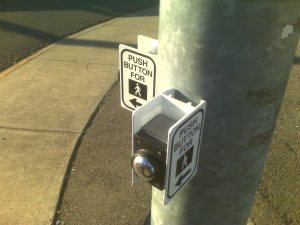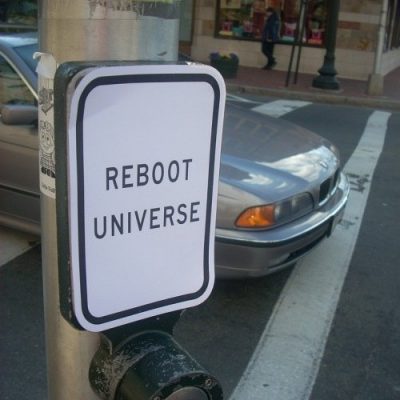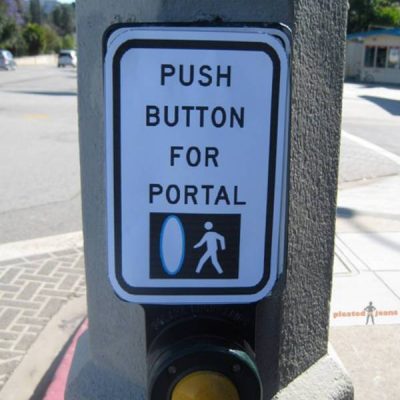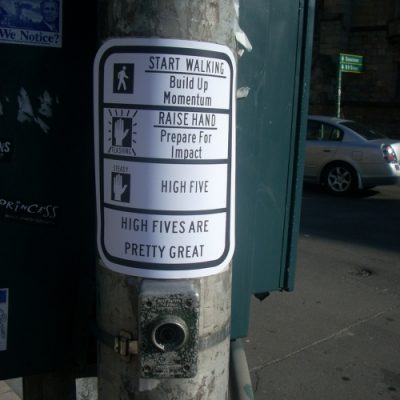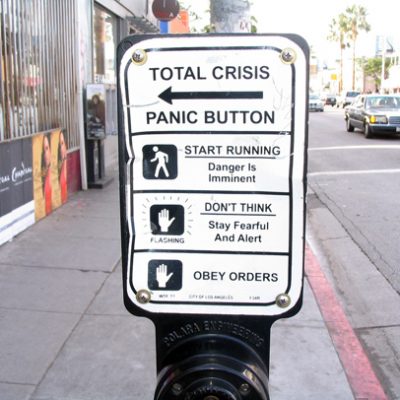Jean-Paul Chretien, Caitlin M. Rivers, and Michael A. Johansson in PLOS Medicine: “In February 2016, Wellcome Trust organized a pledge among leading scientific organizations and health agencies encouraging researchers to release data relevant to the Zika outbreak as rapidly and widely as possible [1]. This initiative echoed a September 2015 World Health Organization (WHO) consultation that assessed data sharing during the recent West Africa Ebola outbreak and called on researchers to make data publicly available during public health emergencies [2]. These statements were necessary because the traditional way of communicating research results—publication in peer-reviewed journals, often months or years after data collection—is too slow during an emergency.
The acute health threat of outbreaks provides a strong argument for more complete, quick, and broad sharing of research data during emergencies. But the Ebola and Zika outbreaks suggest that data sharing cannot be limited to emergencies without compromising emergency preparedness. To prepare for future outbreaks, the scientific community should expand data sharing for all health research….
Open data deserves recognition and support as a key component of emergency preparedness. Initiatives to facilitate discovery of datasets and track their use [40–42]; provide measures of academic contribution, including data sharing that enables secondary analysis [43]; establish common platforms for sharing and integrating research data [44]; and improve data-sharing capacity in resource-limited areas [45] are critical to improving preparedness and response.
Research sponsors, scholarly journals, and collaborative research networks can leverage these new opportunities with enhanced data-sharing requirements for both nonemergency and emergency settings. A proposal to amend the International Health Regulations with clear codes of practice for data sharing warrants serious consideration [46]. Any new requirements should allow scientists to conduct and communicate the results of secondary analyses, broadening the scope of inquiry and catalyzing discovery. Publication embargo periods, such as one under consideration for genetic sequences of pandemic-potential influenza viruses [47], may lower barriers to data sharing but may also slow the timely use of data for public health.
Integrating open science approaches into routine research should make data sharing more effective during emergencies, but this evolution is more than just practice for emergencies. The cause and context of the next outbreak are unknowable; research that seems routine now may be critical tomorrow. Establishing openness as the standard will help build the scientific foundation needed to contain the next outbreak.
Recent epidemics were surprises—Zika and chikungunya sweeping through the Americas; an Ebola pandemic with more than 10,000 deaths; the emergence of severe acute respiratory syndrome and Middle East respiratory syndrome, and an influenza pandemic (influenza A[H1N1]pdm09) originating in Mexico—and we can be sure there are more surprises to come. Opening all research provides the best chance to accelerate discovery and development that will help during the next surprise….(More)”

